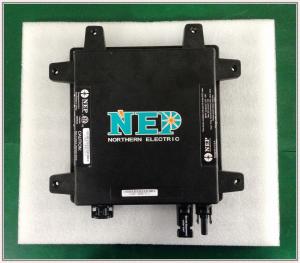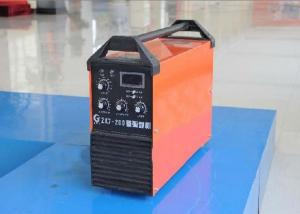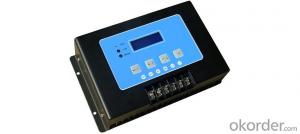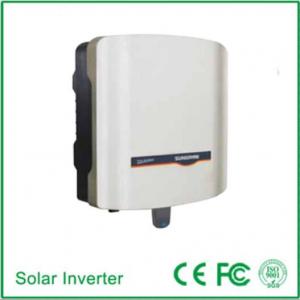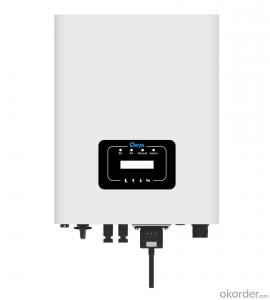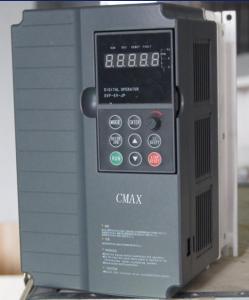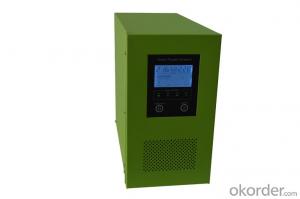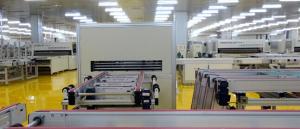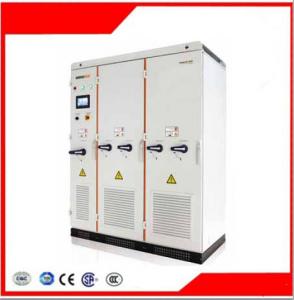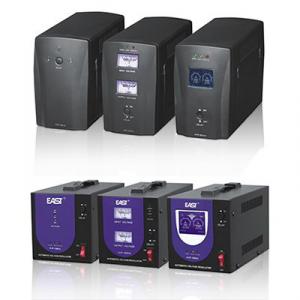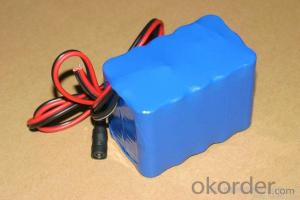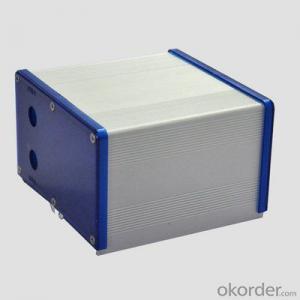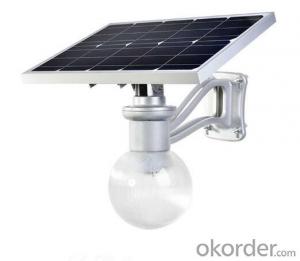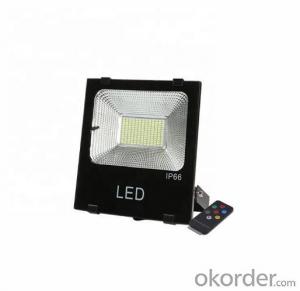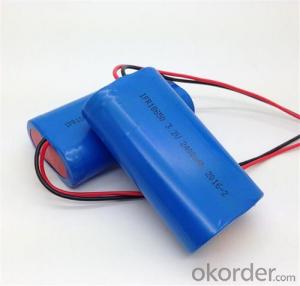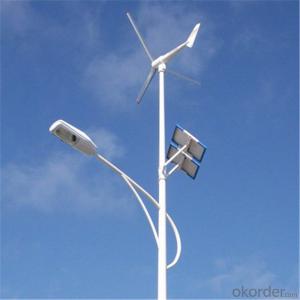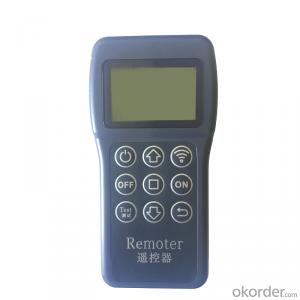Sma Solar Inverter Warranty
Sma Solar Inverter Warranty Related Searches
Sma Solar Inverter Sma Solar Inverter Price Solar Sma Inverter Sma Solar Panel Inverter Sma Solar Micro Inverter Solar Inverter Sma Sma Solar Hybrid Inverter Sma Hybrid Solar Inverter Sma Solar Technology Inverter Sma Solar Inverter Manual Solar Edge Inverter Warranty Sma Three Phase Solar Inverter Delta Solar Inverter Warranty Tesla Solar Inverter Warranty Sma 100 Kw Solar Inverter Sma Solar Inverter Germany Aurora Solar Inverter Warranty Sma Commercial Solar Inverter Sma Solar Inverter App Sma 5kw Solar Inverter Abb Solar Inverter Warranty Sma 3kw Solar Inverter Price Solar Inverter Insurance Solar Panel Inverter Lifespan Sps Solar Inverter Solar Inverter Backup Time Solar Inverter Requirements Solar Inverter Service Manual Solar Inverter Replacement Gamma Solar InverterSma Solar Inverter Warranty Supplier & Manufacturer from China
Sma Solar Inverter Warranty is a comprehensive protection plan offered for SMA solar inverters, ensuring the reliability and performance of these essential components in solar energy systems. SMA solar inverters are widely used in residential, commercial, and industrial applications to convert the direct current (DC) generated by solar panels into alternating current (AC) that can be utilized by the grid or local electrical systems. These inverters play a crucial role in maximizing energy output and ensuring the efficiency of solar power installations.The Sma Solar Inverter Warranty covers a range of SMA products, including Sunny Boy, Sunny Tripower, and Sunny Central inverters, which are designed for different power capacities and system configurations. These inverters are used in various scenarios, from small-scale residential setups to large-scale solar farms, providing a reliable and efficient solution for harnessing solar energy. The warranty ensures that the inverters are protected against manufacturing defects and performance issues, giving customers peace of mind and confidence in their investment.
Okorder.com is a leading wholesale supplier of Sma Solar Inverter Warranty products, boasting a large inventory that caters to the diverse needs of customers worldwide. By offering a wide selection of SMA inverters under warranty, Okorder.com ensures that clients can find the right product for their specific solar energy requirements. The company's commitment to providing high-quality products and excellent customer service makes it a trusted source for those seeking reliable and efficient solar inverters backed by comprehensive warranties.
Hot Products
